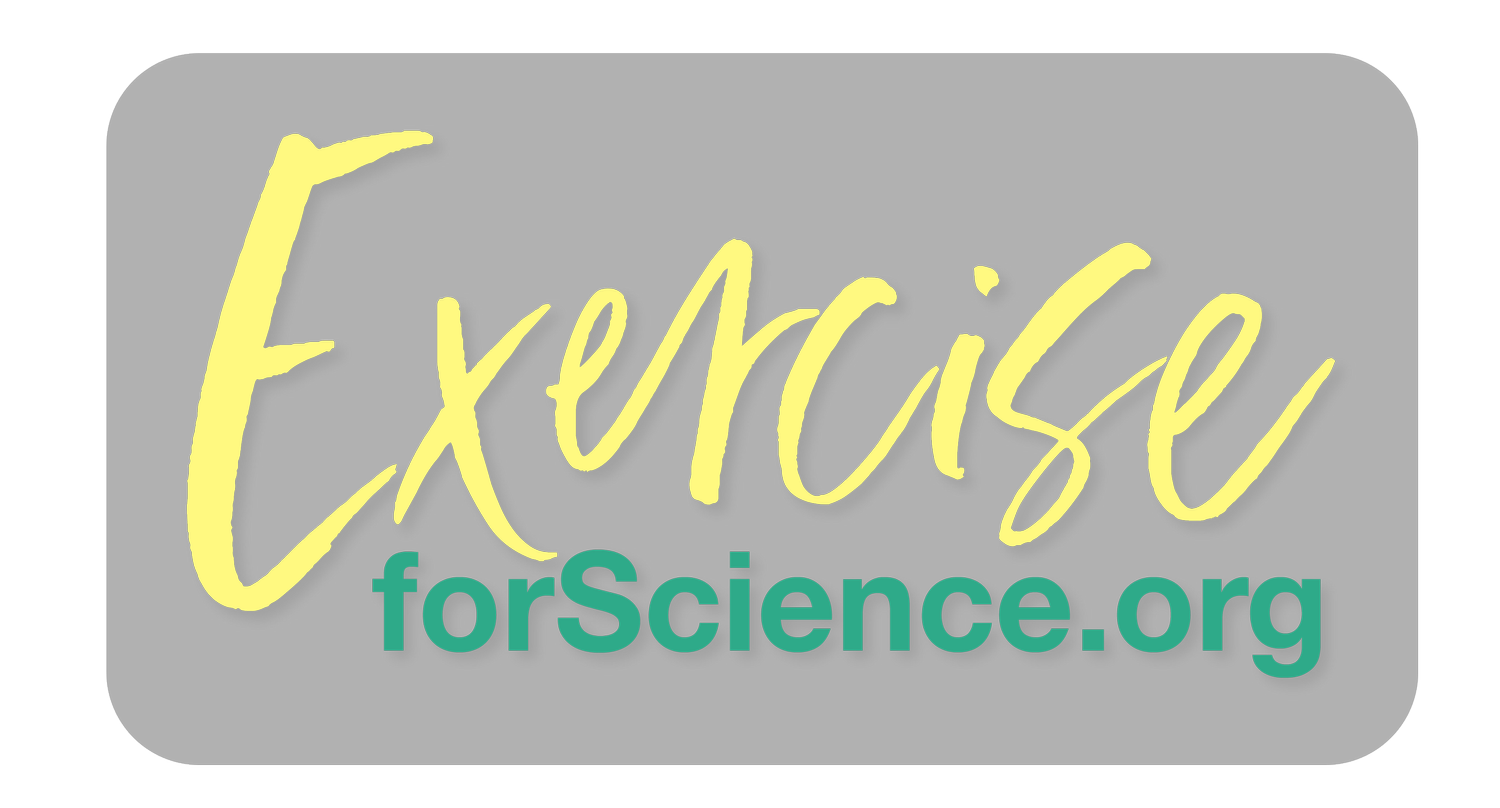Our research in the spotlight: Science Featured
Our research findings continue to capture the imaginations of science publications worldwide. This month, our studies have been highlighted by Science Featured - an online hub for interesting scientific reports…
Image credit: https://sciencefeatured.com/
Our research team was approached by Science Featured, who wanted to run an article on the findings of our hip studies.
We assisted with the creation of an article for the Science Featured site, which you can read here. The feature links to our full research paper.
Author of the paper, Dr. Laura Maria Horga, is quoted in the article as saying: “This study is the first to assess hip health in asymptomatic runners using large sample size and high-resolution MRI technology. Only bone marrow oedema was significantly more common in moderately active runners than in inactive non-runners and highly active runners, while subchondral cysts were significantly more common in runners than non-runners —however, these were minor/small in size and all asymptomatic, non-specific, thus not indicating specific exercise-related strain.
“The findings help correct popular misconceptions that long-distance running damages the hip joints, and therefore should be taken into account when making health recommendations.”
ScienceFeatured.com publishes open access featured articles from leading universities, scientific journals, and research organizations about the most recent discoveries in science, health, environment, technology, and other fields.
It covers interesting discoveries in medical sciences and health, physical sciences & technology, biological sciences & the environment, and social sciences, business, and education.
Science Featured is a Canadian non-profit corporation. The full reference for our research paper is below:
Paper reference:
Horga, Laura Maria, Johann Henckel, Anastasia Fotiadou, Anna Di Laura, Anna Hirschmann, and Alister Hart. “3.0 T MRI findings of 104 hips of asymptomatic adults: from non-runners to ultra-distance runners.” BMJ open sport & exercise medicine 7, no. 2 (2021): e000997. DOI: 10.1136/bmjsem-2020-000997

